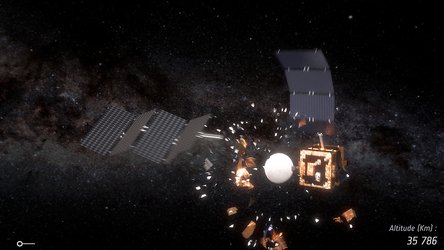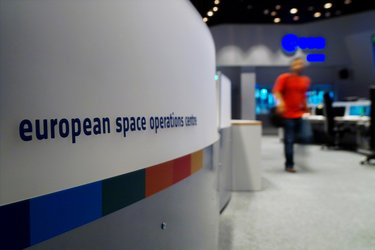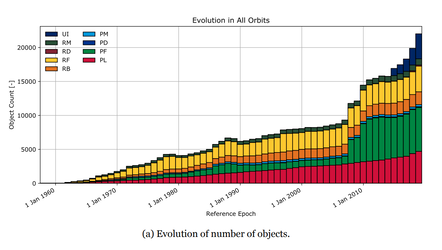ESA and the United Nations team up for space debris
Like climate change and the need for sustainable development itself, space debris is now a global concern – affecting everyone who relies on satellites in their daily life.
Space debris is defined as all of the non-functional, human-made objects like defunct satellites, explosion and collision fragments or discarded rocket bodies orbiting Earth.
Current models suggest that there are almost 130 million debris objects in space, ranging from just a few mm in size up to many metres. Of these, over 900 000 bits are considered dangerous, big enough to damage or destroy entire spacecraft should they collide. Any such loss could have serious effects on the satellite-based services that we use every day, such as navigation, communications or weather and climate monitoring, to name just a few.
Teaming up
ESA and the United Nations Office for Outer Space Affairs are working together on this critical issue, and today signed a joint statement in Paris aimed at strengthening their long-standing efforts related to space debris.
The two organisations agreed to work together to increase global understanding and consolidate knowledge on space debris, to disseminate information on the latest research, to support the implementation of existing space debris mitigation guidelines, and to strengthen international cooperation and global awareness on space debris mitigation.
Common understanding
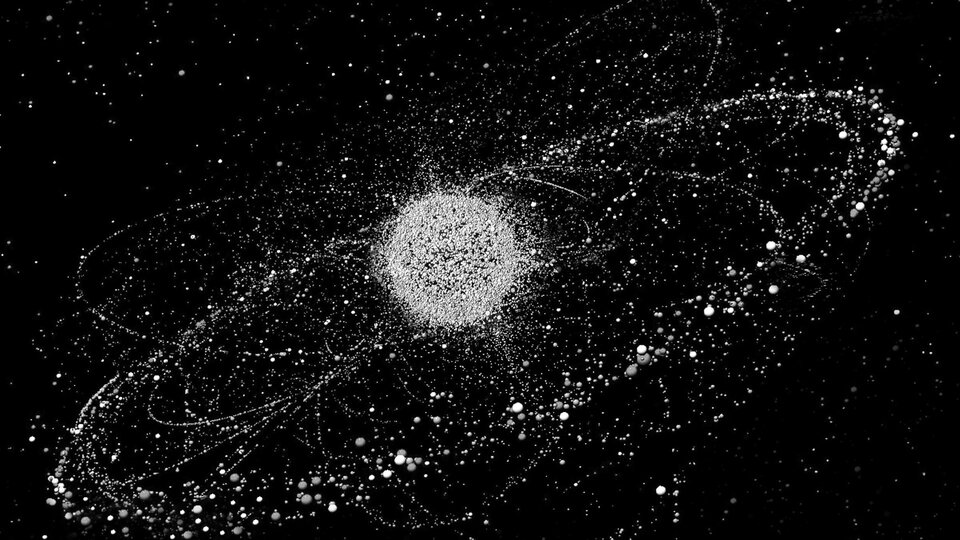
“ESA and the United Nations Office of Outer Space Affairs are natural partners when it comes to building consensus on issues of global concern,” said Rolf Densing, ESA’s Director of Operations.
“In view of an already congested orbital environment and in expectation of a new era of spaceflight including a the increasing deployment of new satellite constellations, this joint statement with UNOOSA underlines the importance of joining forces to efficiently address the space debris challenge.”
“Our common understanding provides a stable ground for addressing the community of spacefarers on this critical matter in a solution oriented way.”
ESA is one of the world’s leading organisations working to assess, address and mitigate the problem of space debris.

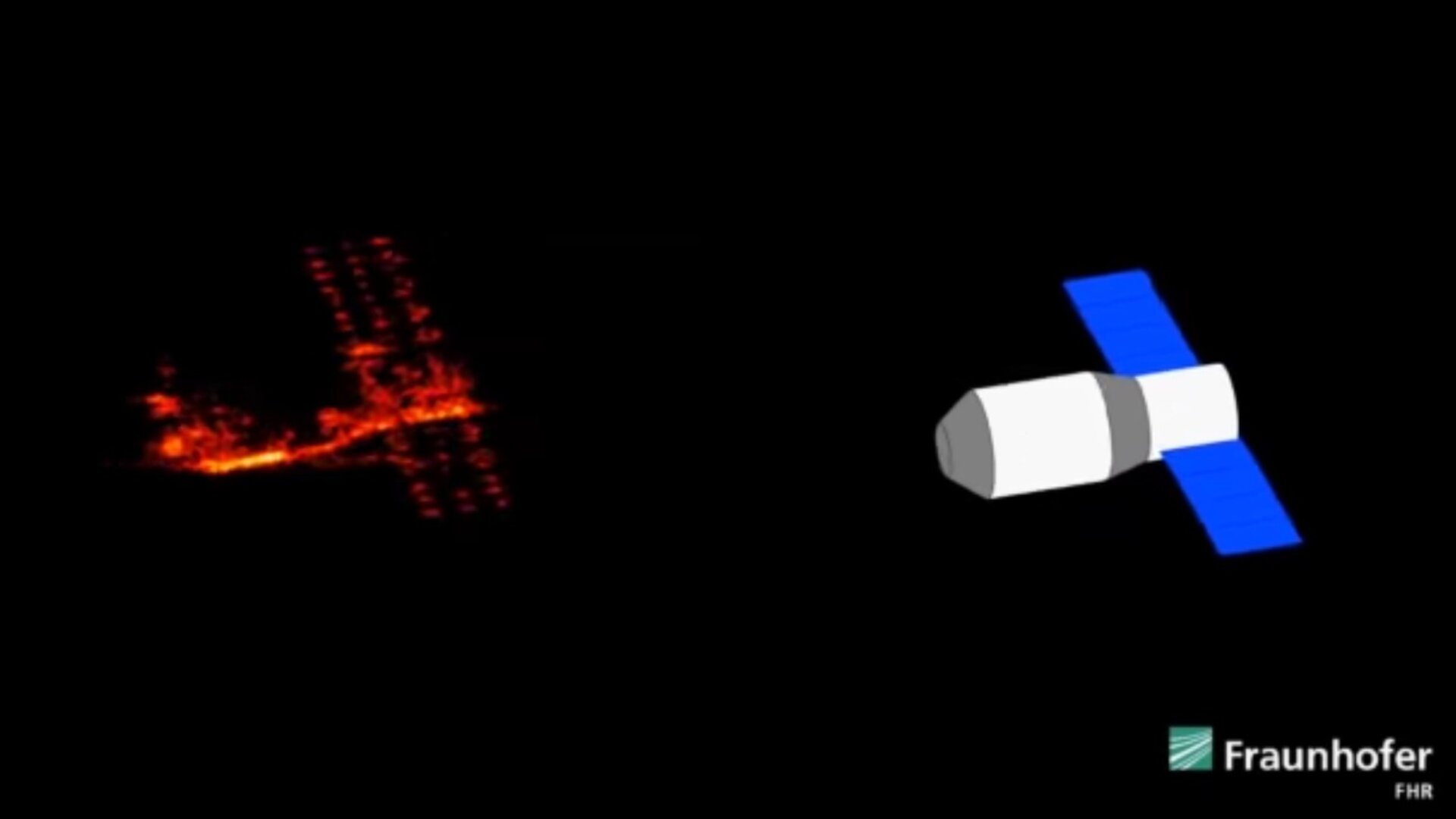
Access the video
Through its Space Debris Office, ESA has for many years provided freely licensed debris analysis tools and openly shared data on debris objects following the long-term sustainability guidelines developed by UNOOSA. ESA’s Clean Space initiative is working to develop ‘clean sat’ technologies to ensure future missions avoid contributing to the debris cloud.
ESA also routinely reports on major space events such as reentries and on spacefarers’ adherence in the mitigation of debris, both via formal channels, such as to the UN Committee on the Peaceful Uses of Outer Space and Inter-Agency Debris Coordination Committee, and public channels via the Agency’s web, social media and media relations channels.
Innovation for debris risk reduction

“In April, we joined an innovative new project with the World Economic Forum and partners from US organisations to propose the world’s first ‘Space Sustainability Rating’ as a way to recognise and encourage responsible and sustainable behaviour by space actors worldwide,” says Holger Krag, responsible for space safety activities at ESA.
Under the Agency’s ambitious new Space Safety Programme, ESA will table a number of new and strengthened initiatives at Space19+, the ESA Ministerial Council meeting later in 2019.
These include enhancing Europe’s space infrastructure to efficiently mitigate the generation of space debris and their hazards, developing and demonstrating an automated collision avoidance system, ensuring that all ESA missions are 'debris neutral' by 2020, and developing a European industrial capacity to conduct in-orbit servicing by flying a first-of-its-kind debris-removal mission.
ESA's overall aim is to develop the technologies that allow us to leave the space environment to the next generation in a better state.
“There has never been a more critical time to work together to address the problem of space debris,” says Holger Krag.
“We owe it not only to ourselves and the continuation of today’s modern society, but also to our future generations and the society we hope for tomorrow.”





